Are you a cat lover who also loves succulents? It can be challenging to find plants that are safe for your furry friends, but don’t worry – we’ve got you covered!
In this blog post, we’ll introduce you to 7 safe succulents for cats and pets in general that will bring some greenery into your home without putting your kitty at risk.
These options are sure to please both you and your feline companion. So let’s dive in and discover which safe succulents will thrive in your home!
Table of Contents
As a cat lover, you may be looking for safe succulent species to add to your collection. While most succulents are safe for cats, there are a few that are poisonous.
These include the aloe vera plant, which can cause vomiting and diarrhea; the cactus, which can cause gastrointestinal upset; and the chives, which can cause an allergic reaction.
To be on the safe side, stick with the succulents that are on this list. These plants are not only safe for cats, but they’re also easy to care for.
i) Sempervivum
- Genus: Sempervivum
- Appearance: Small, rosette-forming
- Native: Mediterranean
- Common name: House sleek, liveforever, hens and chicks
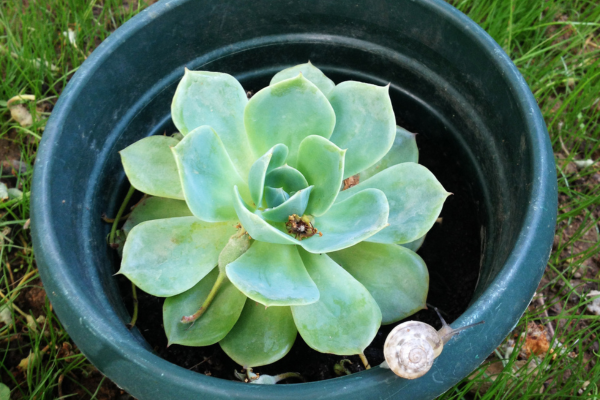
If you’re looking for a safe succulent for your cat, look no further than sempervivum.
Also known as houseleeks, sempervivums are small, rosette-forming succulents that are incredibly easy to care for.
These plants are native to the Mediterranean and can tolerate a wide range of climates. Best of all, they’re non-toxic to cats, making them the perfect plant for households with furry friends.
These tough little plants can withstand long periods of drought and can even tolerate some light frost. They prefer bright, indirect sunlight and well-drained soil.
If you’re growing sempervivums indoors, be sure to provide plenty of ventilation to prevent the leaves from rotting.
ii) Sedum
- Genus: Sedum
- Appearance: Five petals
- Native: Europe, Asia, and North America
- Common name: Stonecrops
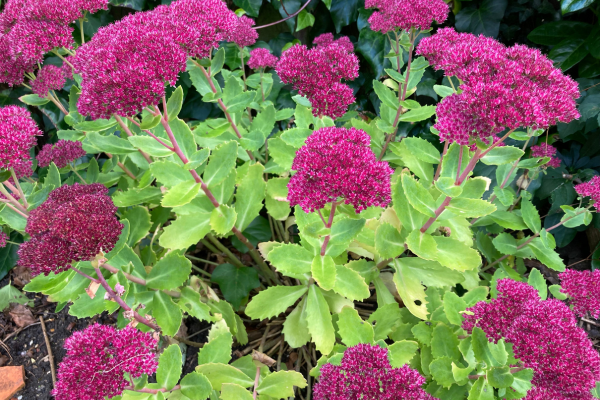
Sedum is a genus of succulent plants that are safe for cats. These plants are native to Europe, Asia, and North America, and have been widely cultivated as ornamental plants.
Sedum is a large genus, with over 400 species of succulents. These plants are all easy to care for and make great houseplants. They are also very tolerant of neglect, making them ideal for busy cat owners.
It is a great choice for a safe succulent for cats because they are not toxic to cats if they happen to nibble on it. Additionally, sedum is a hardy plant that can withstand a fair amount of neglect
iii) Echeveria
- Genus: Echeveria
- Appearance: Flowers on short stalks, Brightly colored leaves
- Native: Central America, Mexico, and northwestern South America.
- Common name: Hens and chicks (note that sempervivum are also called hens and chicks since these two genera are pretty closely related to each other)
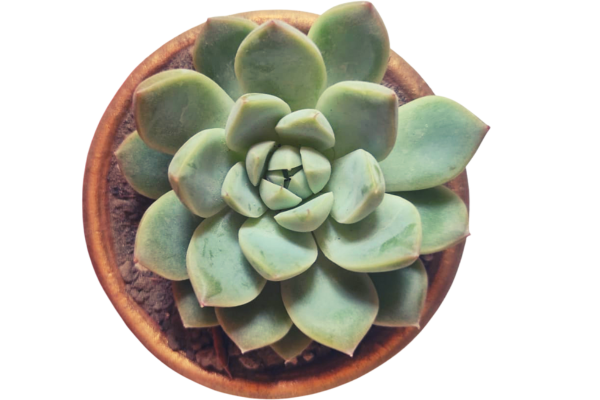
Echeveria is a type of succulent that is safe for cats. They are a low-maintenance plant that does not require much watering.
Echeveria is perfect for those who want to add a little bit of greenery to their home without having to worry about their cat destroying the plant.
This type of succulent is non-toxic to cats and is also drought-resistant, so it’s perfect for those who live in dry climates.
Echeveria can be found in a variety of colors, so you’re sure to find one that matches your home decor.
iv) Gasteria
- Genus: Gasteria
- Appearance: Stomach-shaped flowers, Tongue shaped leaves
- Native: South Africa
- Common name: Cow’s tongue, Mother in law’s tongue
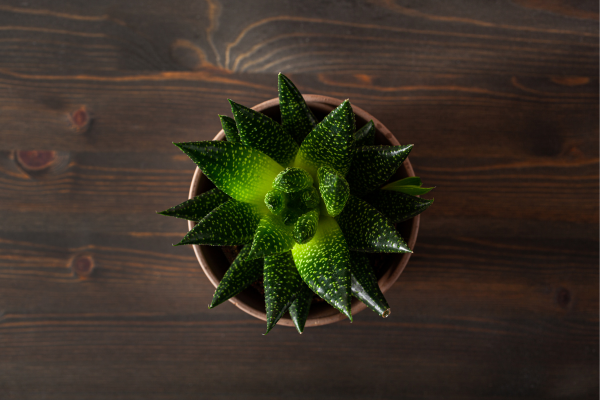
The gasteria is non-toxic to cats and other pets, making it a great choice for homes with furry friends. Plus, its beautiful pink or white flowers add a touch of elegance to any room.
Gasterias are easily recognizable by their distinctive flowers, which are borne in the axils of the leaves and have long, tube-like structures (gasters) that protrude from the ends.
It can tolerate a wide range of conditions, making it a great choice for both indoor and outdoor gardens.
Cats will love playing with the long, fleshy leaves, and you’ll love how easy they are to care of
v) Aeonium
- Genus: Aeonium
- Appearance: Dense, spreading rosette-shaped leaves
- Native: Canary Islands
- Common name: Tree houseleeks

Aeonium is a type of succulent that is safe for cats.
They are native to the Canary Islands and have a rosette shape.
They come in a variety of colors, including green, pink, and purple. The leaves of an aeonium are often variegated with white or yellow stripes.
Aeonium is a low-maintenance plant that does not require much water. They can be propagated by stem cuttings or offsets.
vi) Haworthia
- Genus: Haworthia
- Appearance: Mostly stemless, Resembles aloes
- Native: Southern Africa
- Common name: Zebra Cactus, Pearl Plants, Window plants
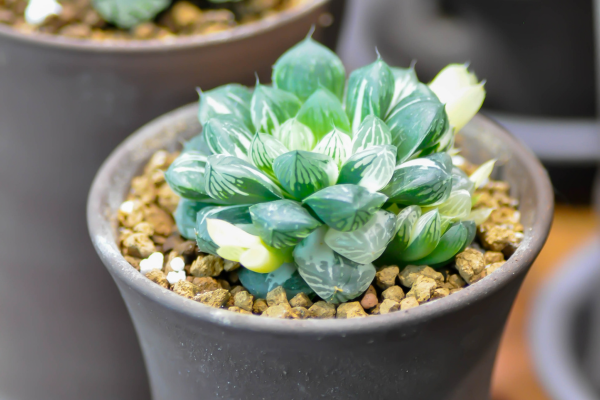
Haworthia is a genus of small succulent plants native to Southern Africa. Most species are stemless or have very short stems, and all are generally compact and low-growing.
The leaves are fleshy and often attractively patterned or marked. As with many other succulents, haworthias are tolerant of neglect and can thrive on minimal water.
They make excellent houseplants and can be propagated easily from offsets or leaf cuttings. They are safe for cats and pets and don’t cause any harm to them even if eaten.
vii) Opuntia
- Genus: Opuntia
- Appearance: Flavorful fruit, Unique and beautiful flowers
- Native: Central and Southern Mexico
- Common name: Prickly pear cactus

Opuntia, also known as prickly pear cactus, is a popular succulent that is often used in landscaping and gardens.
While this plant is not poisonous to cats, it does contain sharp spines that can cause physical injury. If your cat ingests one of these spines, it could become lodged in its digestive tract, causing irritation and other issues.
For this reason, it is best to keep opuntia out of reach of cats.
With the right succulent species, cat lovers can have a pet-friendly home without worry.
We hope this guide has given you some insights into which succulents are safe for cats and how to care for them properly so that both your cats and plants stay healthy.
Which succulent are you planning to decorate your home with? Share your succulent experience down below in the comments
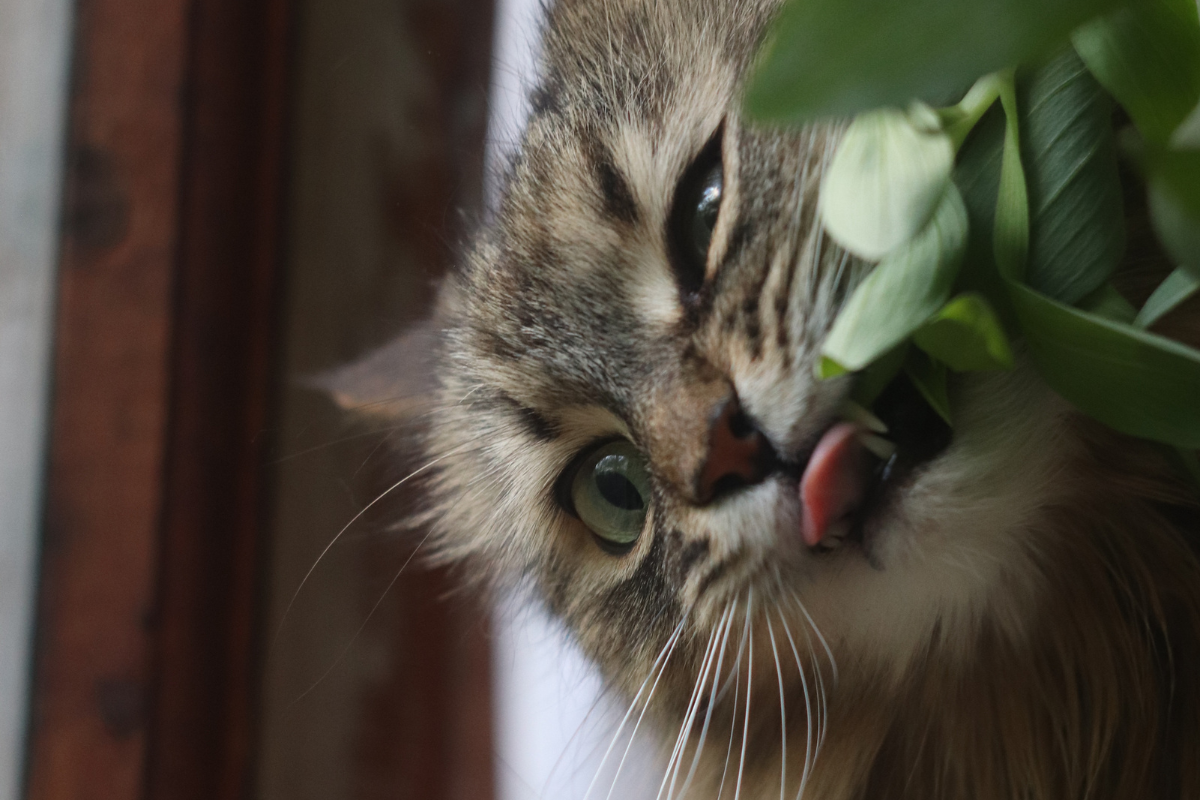


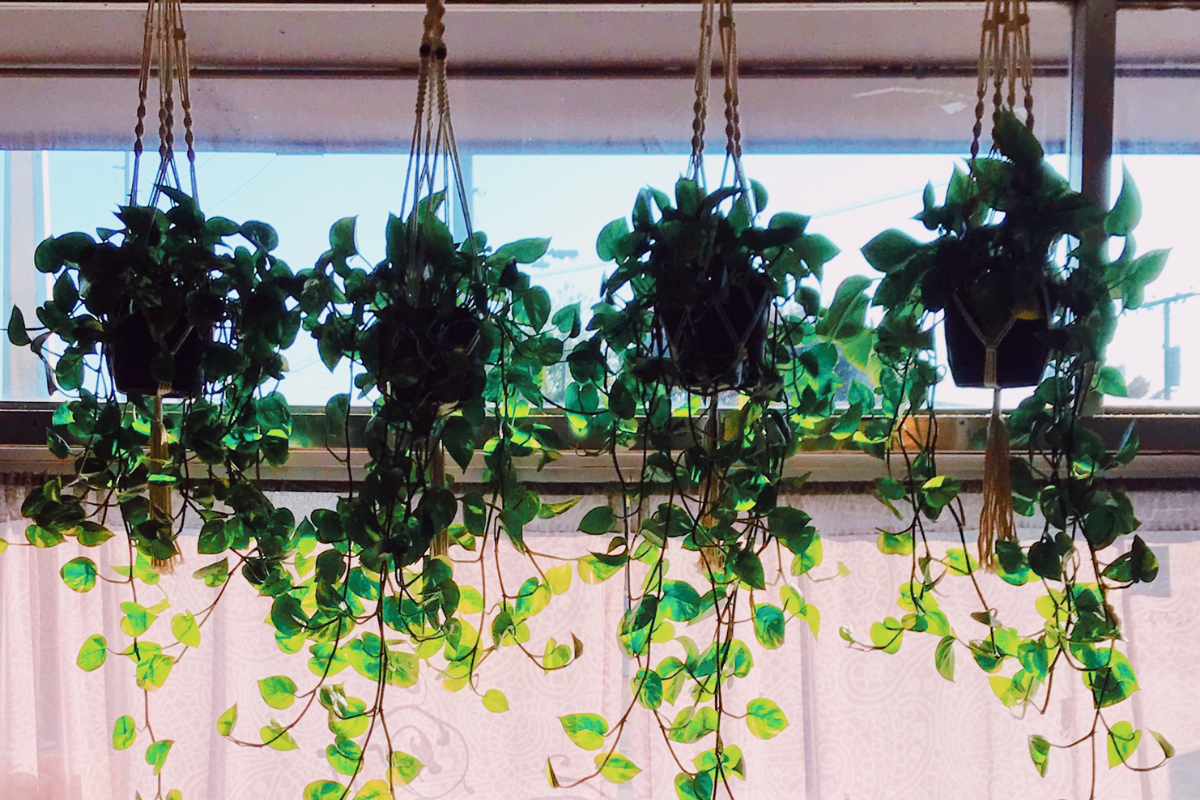
BkCWjARfvEqIQ